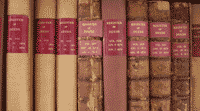
The National Records of Scotland
Find out what an archive is and what archivists do in this introduction to the work of the National Records of Scotland. Put your skills to the test in deciphering a range of primary sources drawn from our extensive holdings. Book this workshop now. |
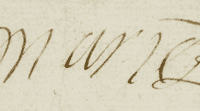
Mary, Queen of Scots
In this session younger pupils use archives to investigate the early life of Mary Queen of Scots. They look closely at examples of her handwriting, seal and coins to find out about the young queen.
Recommended for P3-P5 pupils. Book this workshop now. |

Witches on Trial
Until 1736, witchcraft was a criminal offence, punishable by death. Pupils study evidence presented in a number of 16th and 17th century witchcraft trials to understand why they took place and how the accused were dealt with.
Recommended for S1-S6 pupils. Book this workshop now.
|
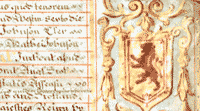
The Thistle and the Lion
Pupils examine replica coins and primary sources to discover the symbols used to represent Scotland. With this knowledge they go on to create their own designs that represent themselves. Book this workshop now. |
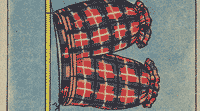
Tartan: a Chequered Tale
Tartan is recognised throughout the world as being Scottish but how did it come to be associated so closely with this country? Using primary sources held in the National Records of Scotland, pupils find out about tartan, from the King's new trousers to the Scottish Register of Tartans. Book this workshop now. |
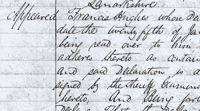
The Case of the Climbing Boy
John O'Neill was employed as a climbing boy in Glasgow in 1840. An incident took place while he was at work which resulted in a criminal case. Using contemporary witness statements, pupils gather the evidence presented in court to find out what happened to John and who was responsible. Book this workshop now. |
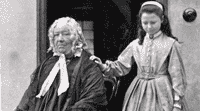
'Our Glen': a Snapshot in Time
During the summer of 1866, Alexander McCallum Webster built his own camera and took photographs of his family and the servants on his grandmother's estate in Argyll. He put them in an album and called it 'Our Glen'. Pupils research the photographs and other primary sources to build up a picture of the life of the Webster family. Book this workshop now. |
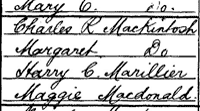
What is the census?
The first official Scottish census took place in 1801 and it continues to take place every ten years. Why do we have a census and how useful is the data collected? Pupils learn how to read, interpret and compare statistical data from a selection of 19th to 21st century census records. The next census is due in 2021: what questions should be asked to help plan Scotland's future? Book this workshop now. |

Newhaven Families
Pupils research a selection of archives and photographs relating to the fishing village of Newhaven in the 19th and early 20th centuries. Working in groups they use this information to create storyboards illustrating the lives of some of the families who lived there. Book this workshop now. |
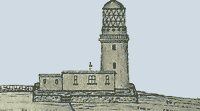
The Flannan Lighthouse Mystery
Using contemporary evidence gathered by the Northen Lighthouse Board, pupils retell the story of the disappearance of the three lightkeepers from Flannan Lighthouse in December 1900 and draw their own conclusions as to what happened. Book this workshop now. |

The Snail in the Bottle
In August 1928 Mrs May Donoghue ordered a ginger beer in a cafe in Paisley - the contents amounted to much more than a fizzy drink! Mrs Donoghue decided to claim compensation for her subsequent illness, which led to a protracted case that changed a legal precedent. Pupils are introduced to the concept of liability and consider the rights and responsibilities of all those involved. Book this workshop now. |
 New Light on the Scottish Home Front
Life in a lighthouse is tough enough in peace time, but imagine being exposed to more than storms and high winds. During the war, lighthouses became targets, subject to enemy attack. How did lightkeepers defend themselves and their lights? Using the records of the Northern Lighthouse Board, pupils discover how the Second World War changed their lives and those of their families. Book this workshop now. |
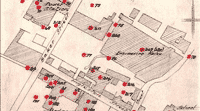
The Scottish Home Front
Pupils 'meet' some of the people who lived on Baker Street and Ingleston Street in Greenock during the Second World War, build a picture of what life was like and find out how the war affected their lives. Primary sources used include Ministry of Information publications, valuation rolls, photographs and contemporary film. Book this workshop now. |